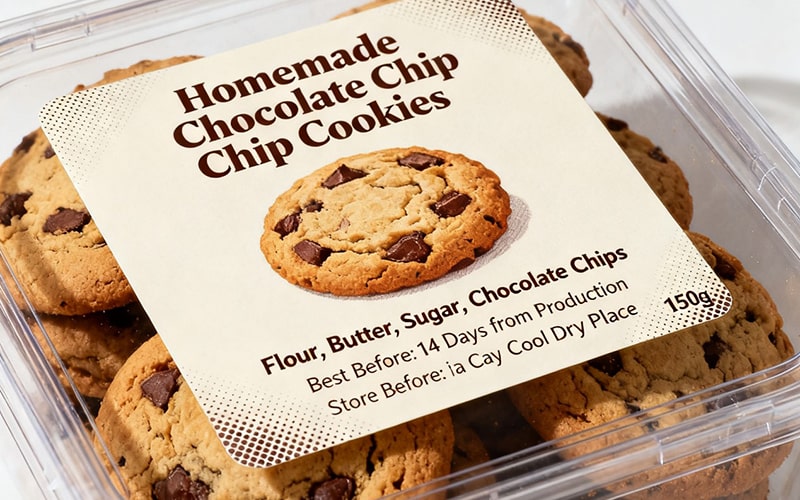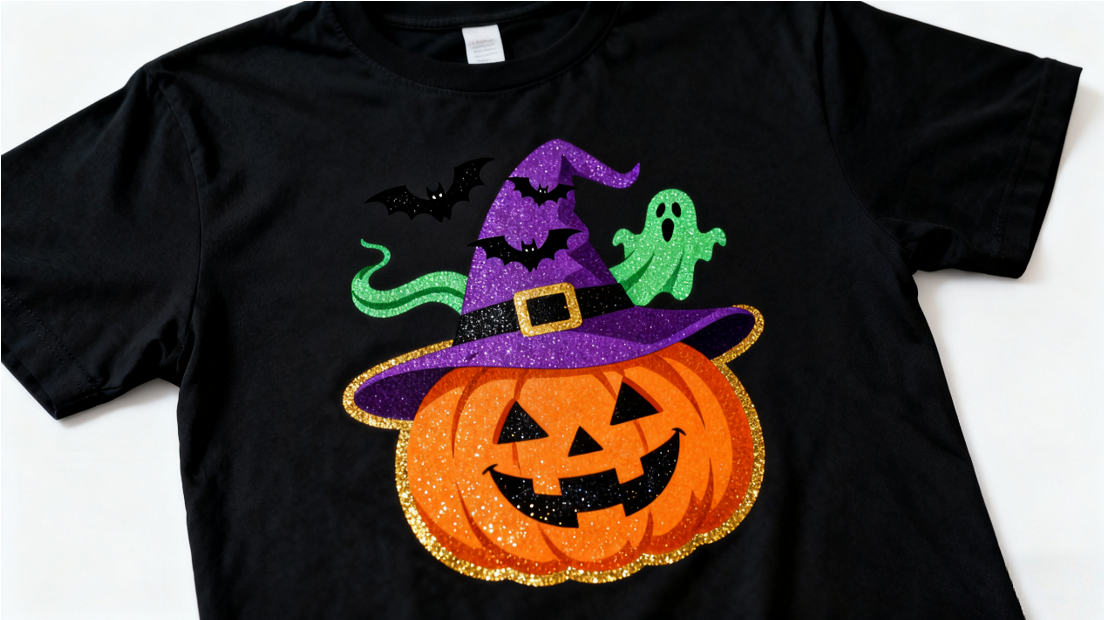Flexo Printing Explained for Self Adhesive Label Films
Flexo printing uses flexible plates to create high...
MorePlastic self-adhesive labels are pressure-sensitive labels made from synthetic polymer materials, designed to adhere to surfaces without the need for water, heat, or solvent activation. They consist of three primary layers: the face material (the printable plastic film), the adhesive, and the release liner (the backing paper). These labels are engineered for durability and performance in demanding environments where paper labels would fail. Common plastic materials include Polypropylene (PP), Polyethylene (PE), Polyester (PET), and Vinyl (PVC), each offering distinct properties like water resistance, chemical resistance, and flexibility. According to industry reports from markets like Smithers, the global pressure-sensitive label market is projected to exceed $110 billion by 2027, with plastic films accounting for a significant and growing share due to their versatility. They are ubiquitous in industries ranging from food and beverage and cosmetics to automotive and electronics, serving functions from product identification and branding to tracking and safety warnings. Their self-adhesive nature enables high-speed, efficient application on production lines, making them a cornerstone of modern packaging and product identification.
Plastic self-adhesive labels are manufactured through a sophisticated process that combines material science with precision engineering. The face stock, typically a biaxially oriented polypropylene (BOPP) or polyethylene terephthalate (PET) film, is selected for its strength, clarity, and surface properties. A key advantage is their exceptional resistance to environmental factors. For instance, BOPP labels exhibit excellent moisture and water resistance, making them ideal for refrigerated goods and beverages, where condensation is a constant threat. PET labels, on the other hand, offer superior resistance to chemicals, abrasion, and high temperatures, often exceeding 150°C, which is why they are the material of choice for automotive parts, electronic components, and laboratory equipment. Vinyl labels provide great conformability and durability for outdoor applications, including equipment branding and safety labels on machinery. Data from end-user industries shows that products labeled with durable plastic films experience a significantly lower rate of label failure (smudging, fading, or detachment) during shipping and storage compared to standard paper labels. This directly translates to reduced waste, fewer customer complaints, and enhanced brand integrity. The adhesive technology is equally critical; permanent acrylic adhesives form a powerful bond with surfaces like glass, plastic, and metal, while removable adhesives allow for temporary pricing or promotional tags without leaving residue. The proliferation of digital printing has further expanded their capabilities, allowing for high-quality, short-run, and variable data printing (like QR codes and serial numbers) with vibrant colors that resist fading from UV exposure, a critical factor for brand recognition on retail shelves.
Selecting the right plastic self-adhesive label requires a systematic evaluation of the application's specific demands to ensure performance, cost-effectiveness, and compliance. The choice is not one-size-fits-all and hinges on several critical factors. First, the surface characteristics of the item to be labeled must be considered. Is it a high-energy surface like glass or metal, or a low-energy surface like polyethylene or polypropylene packaging? Low-energy surfaces often require specially formulated adhesives to achieve a reliable bond. The texture is also vital; a rough or uneven surface may necessitate a softer, more conformable film material like polyethylene or vinyl, and a thicker adhesive coat to ensure full contact. Secondly, the environmental conditions the label will endure throughout the product's lifecycle are paramount. This includes exposure to moisture, humidity, direct sunlight (UV radiation), extreme temperatures, and chemicals like oils, solvents, or cleaning agents. For example, a label for an outdoor gardening product would require a material with excellent UV stability (like PET) to prevent fading, while a label for a shampoo bottle must resist the product's oils and occasional moisture. Third, the application method and speed are crucial. High-speed automated application lines demand a label construction with a consistent release liner that allows for reliable dispensing at high rates. Finally, regulatory compliance, such as FDA approval for direct food contact or specific requirements for pharmaceuticals and toys, is a non-negotiable factor that dictates material and adhesive selection.
A practical approach to selection involves cross-referencing material properties with application needs, often guided by supplier datasheets and technical support. For primary product packaging in retail, clear BOPP is a popular choice for its "no-label look" and excellent printability, while white BOPP provides a bright, opaque background for high-impact graphics. When durability is the top priority, such as for asset tags, industrial equipment, or circuit boards, polyester (PET) labels are the industry standard due to their exceptional tensile strength and resistance to abrasion, chemicals, and high temperatures. Data from material suppliers like Avery Dennison or UPM Raflatac often includes performance ratings for adhesion, chemical resistance, and temperature thresholds, which should be consulted. The choice of adhesive is equally scientific. A permanent acrylic adhesive is standard for most fixed applications. However, if the label needs to be removed without residue later, a removable adhesive is necessary. For challenging surfaces like powder-coated paints or certain plastics, an aggressive or specialty adhesive is required. Furthermore, the total cost of ownership should be evaluated. While the initial price of a polyester label is higher than polypropylene, its longer lifespan and lower failure rate on durable goods can lead to a lower total cost. Engaging with a label converter or manufacturer for testing samples under real-world conditions is a highly recommended step to validate the selection before full-scale production, ensuring the label performs as expected from manufacturing to end-use.
Select the most popular foreign trade service products to meet your diverse needs
Learn more about the dynamics and professional knowledge of the foreign trade industry

Flexo printing uses flexible plates to create high...
More
Make your Halloween tees shine with SAILLAGE’s DTF...
More
BOPP Film, or Biaxially Oriented Polypropylene Fil...
More
Sports are all about unity—and nothing fuels team ...
More

For a leading Pearlized BOPP Film manufacturer, qu...
MoreSelect the most popular foreign trade service products to meet your diverse needs
Explore more content related to foreign trade services

Tel: +86 17706217416
Add: Building L2A, No. 520, Lane 1588, Zhuguang Road, Hongqiao World Center, Qingpu District, Shanghai, China
User Comments
Service Experience Sharing from Real Customers
Michael Rodriguez
Warehouse ManagerThese plastic self-adhesive labels are incredibly durable and stick perfectly even in our humid storage environment. They've survived moisture and handling without peeling or fading.
Sarah Chen
Retail Store OwnerExcellent quality labels with strong adhesion. They look professional on our product packaging and don't leave residue when removed. The printing surface accepts ink beautifully.
David Thompson
Laboratory TechnicianPerfect for our chemical container labeling needs. These labels resist chemical splashes and maintain adhesion even in cold storage. The waterproof feature is absolutely essential for our lab.
Emily Watson
Office AdministratorGreat value for money! These self-adhesive labels work perfectly for our filing system and asset tagging. They're easy to write on and remove cleanly when needed. Very reliable for daily office use.